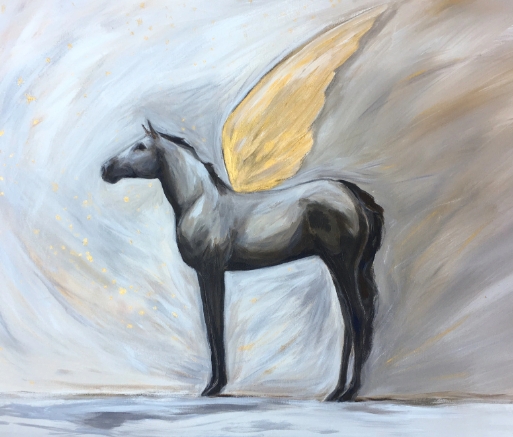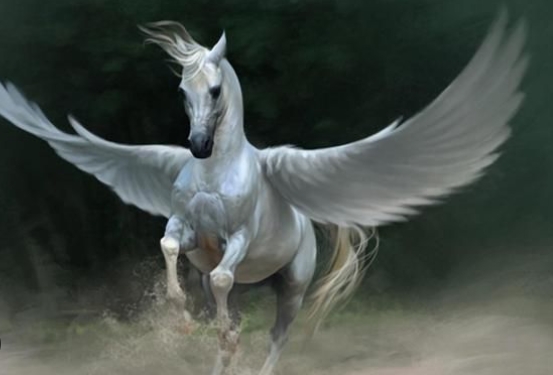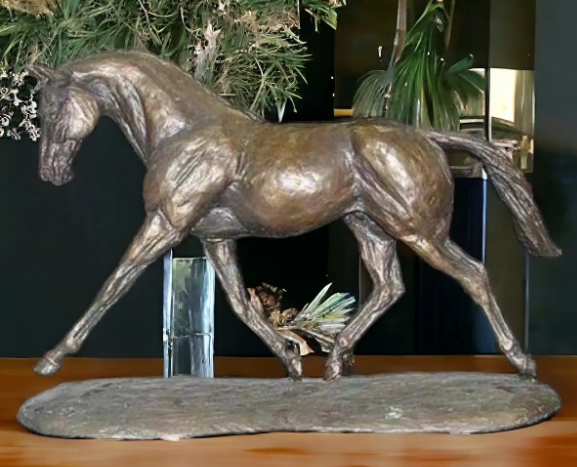In Greek mythology, Pegasus is a creature that symbolizes freedom and mystery, representing people’s yearning for the sky and nature. Pegasus, or “Pegasus”, is believed to be the offspring of Poseidon, the god of the sea, and Medusa, the gorgon. In mythology, Pegasus experienced adventures with the Greek hero Bellerophon, and used its flying power to help the hero defeat many powerful enemies. In later myths, Pegasus was accepted into the starry sky by Zeus and became an eternal constellation in the night sky, making Pegasus not only a legendary creature, but also the embodiment of the spirit of freedom.
This mythical image of Pegasus has also inspired many artists. Today, in various forms of art, Pegasus statues are often used as a symbol of beauty and power. Exquisite Pegasus statues usually show it spreading its wings and about to fly. The sculptors use beautiful lines to outline the wings and agile body of Pegasus, making it full of tension and vitality. These statues not only appear in museums, but are also used to decorate private gardens and public spaces, providing people with a window of reverie. Whether it is a statue made of bronze, plaster or other materials, Pegasus statues always make people feel a mysterious atmosphere from ancient mythology, evoking a longing for freedom and adventure.
The artistic image of Pegasus continues to this day, and also reflects the human desire for dreams and pursuits. Through these sculptures, the image of Pegasus seems to have regained life and continues to soar in the real world, bringing endless inspiration and beauty to people.





